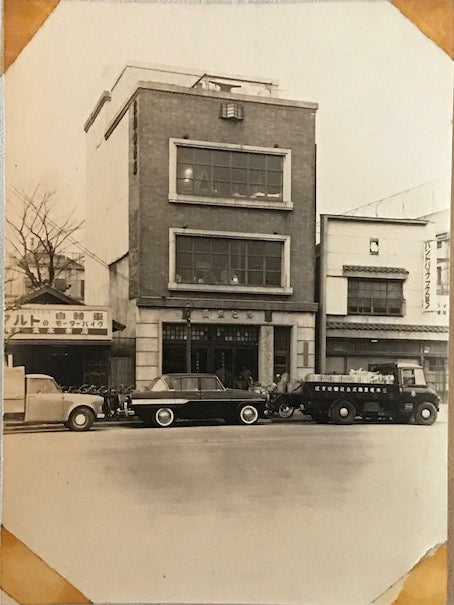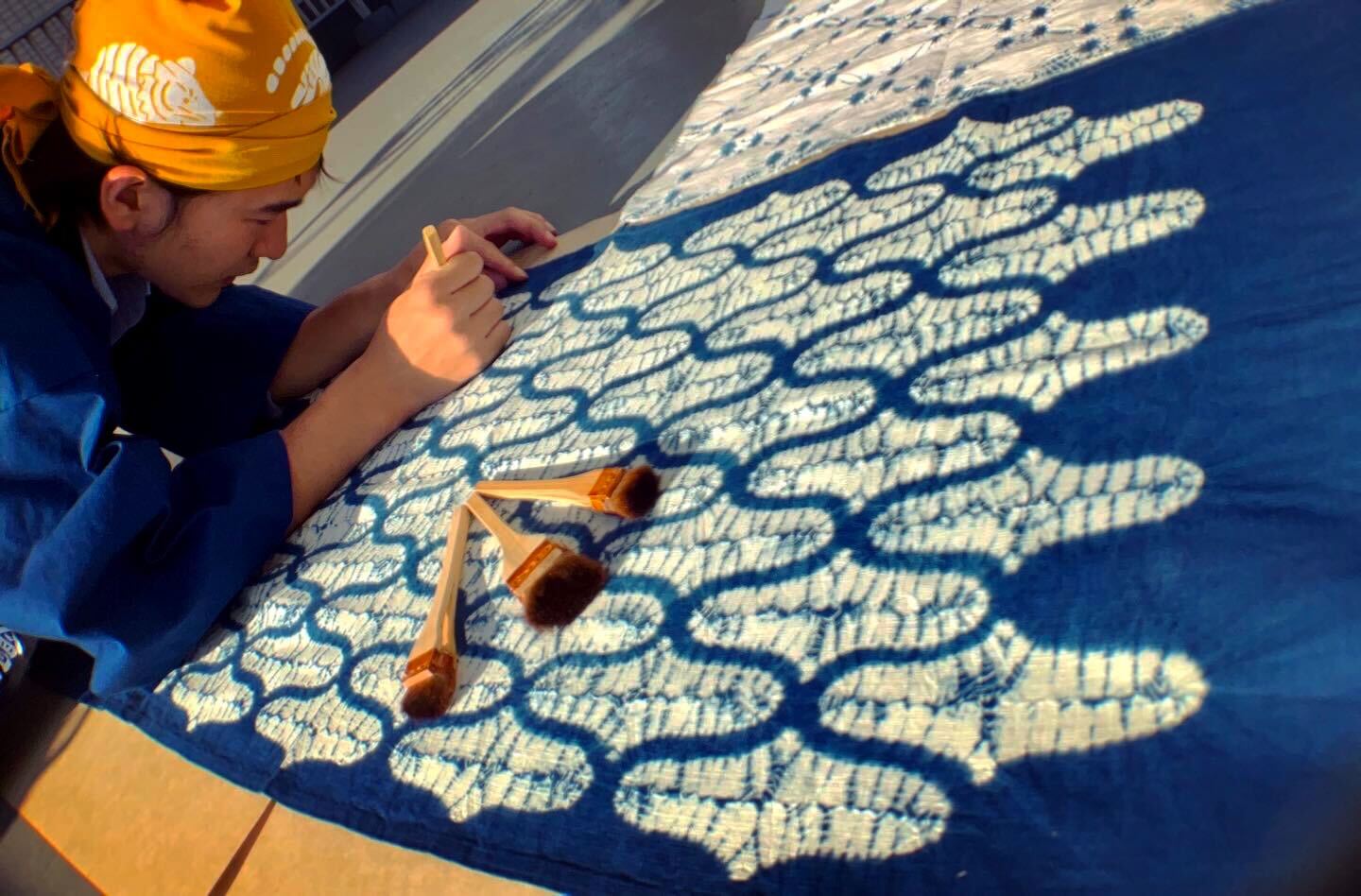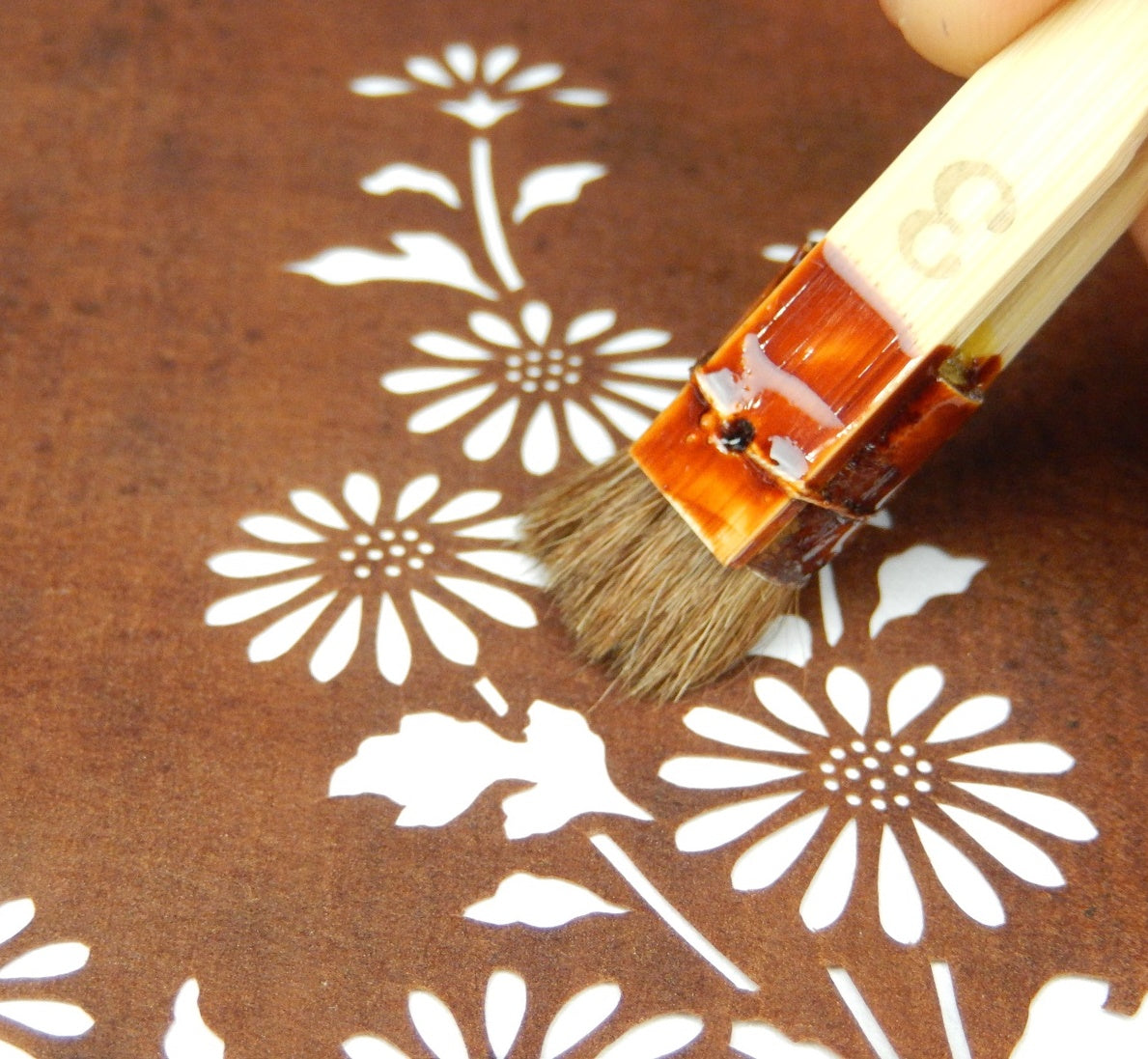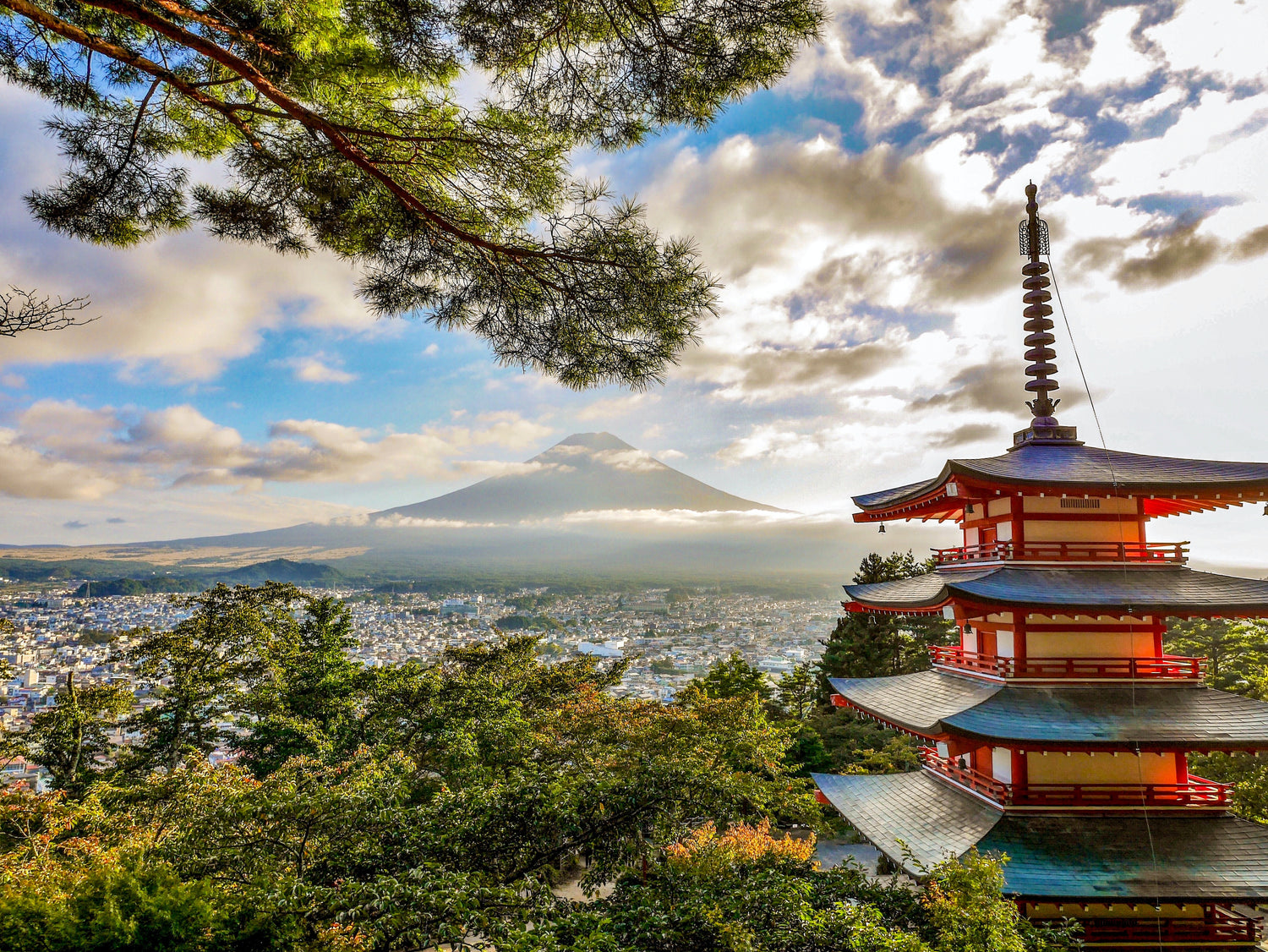Our History
Our mission is - Be a pioneer of Japanese dyes.
Our vision is - To message more people to appeal to Japanese dyeing.
These policies are nurtured by a long long history.
1818: Kumajiro Arai opened a herbal medicine shop called Echuya in Asakusa.
1840: We started handling dyes such as indigo.
1870: Kumajiro Arai 3 succeeded in producing indigo wax and sold it widely to Konya.
1927: Construction of the building in the burnt field after the Great Kanto Earthquake.
1984: Developed and started selling YAMATO INDIGO.
1990: Completed the new Aikuma Building.
*Kuma: Kuma means bear in Japanese. The bear logo of Aikuma dyestuff comes from the name of Kumajiro Arai.
*Indigo wax: Clay-like material extracted from indigo-dyed old clothes and rags collected from farmers.
*Konya: Japanese traditional dyeing shop which dyes Noren, Kimono, Hanten, and so on. Aikuma has a strong relationship with Konya.
-

Aikuma saw development of Japan
Here is a production license from the Meiji Government which came after the collapse of the Edo shogunate. As Japan opened its doors to modernity, Aikuma's business gradually began to grow.
-

Aikuma's New Year's greetings in 1935
This old Annual leaflet portrays the consumption trend at that time. Because of the Sino-Japanese War, producing less luxurious clothes in darker colors such as black or navy dyes were considered favorable. Aikuma has always focused on meeting the public's demands.
-

Aikuma survived WW2
The first Aikuma building was built in 1928 after the Great Kanto earthquake of 1923.
During WW2, Asakusa was attacked in the Tokyo Air Raid. It became a burnt-out area, but Aikuma survived and continued to supply its products.
-

New product development
As much as we cherish our long history, we seek outside our conventional ways.
For example, we developed YAMATO INDIGO, which makes dyeing easier. Starting in 1956, Aikuma News introduced such products to customers every year.
Check our products
-

Japanese Indigo
Our Japanese indigo is special. This is because we have provided high-quality...
-

Katazome stencil dye
Do you know Katazome? Katazome is a Japanese method of dyeing fabrics...
-

Made in JAPAN
These products are made in Japan! If you wonder how to use...








